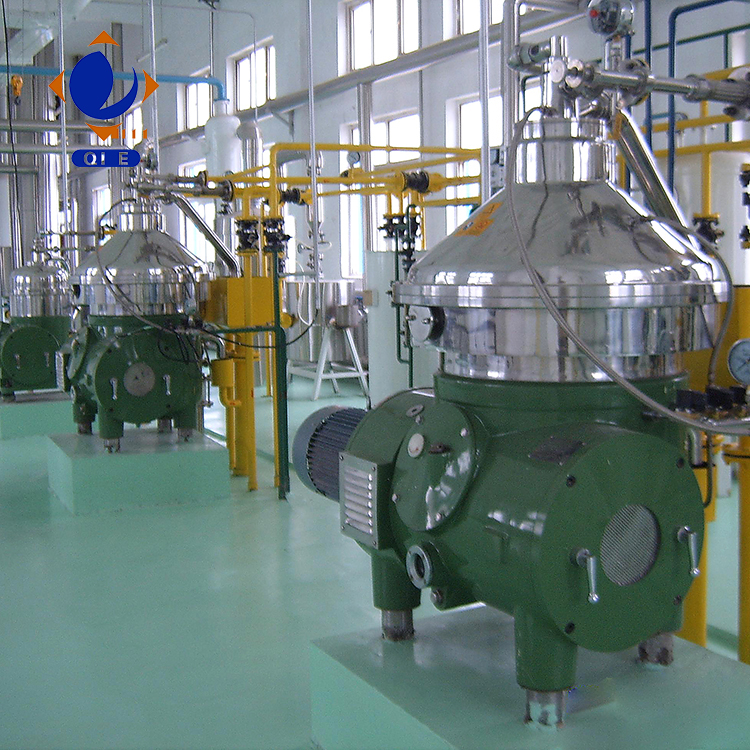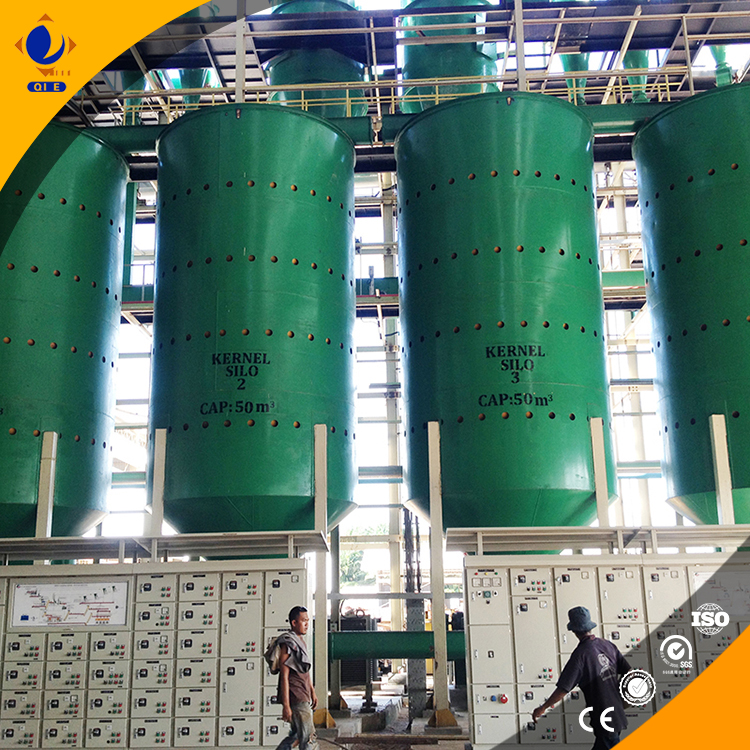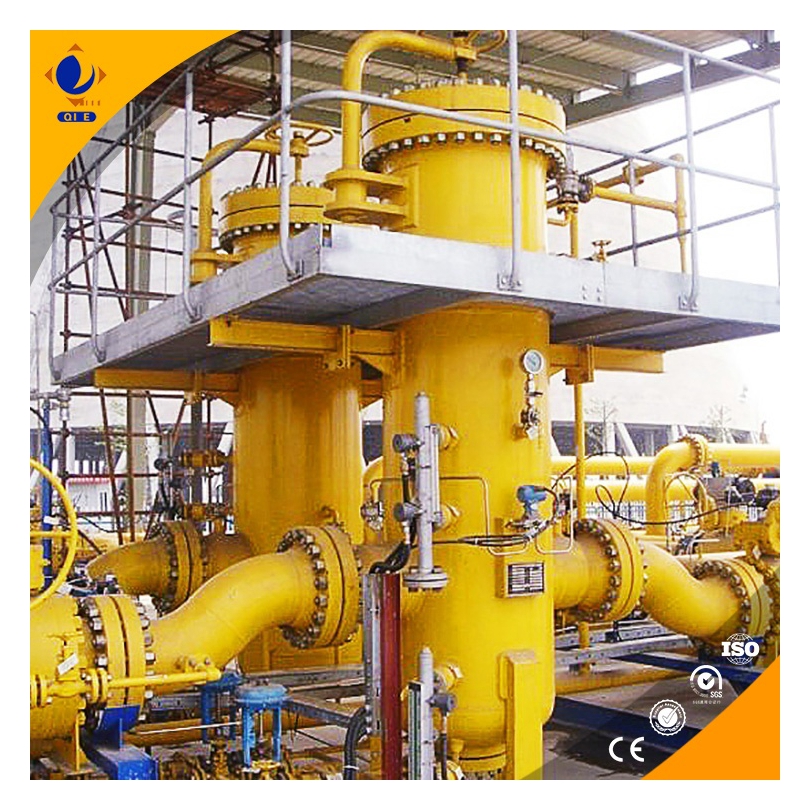
The palm oil industry is rapidly embracing automation to enhance production stability and operational efficiency. Central to this transformation is the integration of PLC (Programmable Logic Controller) automation control systems, which enable precise parameter adjustment, fault prediction, and remote monitoring throughout the palm oil pressing production line. This comprehensive guide explores how adopting advanced industrial sensors and data-driven energy management can revolutionize mid-sized palm oil processors' operations, facilitating higher throughput, reduced downtime, and optimized energy consumption.
Implementing PLC-based automation allows continuous real-time adjustments of critical process parameters such as temperature, pressure, and flow rates. This ensures consistent product quality and maximizes extractor efficiency. For example, by employing closed-loop control algorithms, variations caused by raw material inconsistencies can be automatically compensated for, reducing manual intervention by up to 70% and increasing daily output by approximately 15–20%.
Moreover, PLC systems improve equipment stability by enabling predictive fault detection. Through continuous monitoring of sensor data, abnormal trends are identified before failures occur, allowing preemptive maintenance scheduling. According to industry benchmarks, such predictive maintenance strategies have proven to reduce unscheduled downtime by nearly 40%, substantially improving overall equipment effectiveness (OEE).
Key industrial sensors installed at strategic points within the pressing line collect vital process data. Pressure sensors monitor hydraulic presses ensuring optimal pressing force, temperature sensors maintain the ideal thermal environment to preserve oil quality, and flow meters oversee oil throughput rates. Advanced sensor technologies provide accuracy within ±0.5%, enabling sensitive process control.
These sensors feed data into centralized PLC systems and cloud-based platforms for remote access. The resulting comprehensive data framework facilitates live remote monitoring, empowering operations teams to respond swiftly to irregularities without being physically onsite. This approach enhances cross-site management, particularly for firms operating multiple processing plants.

Energy accounts for up to 30% of operational costs in palm oil processing. By integrating sensor data with PLC control logic, energy consumption patterns can be analyzed and optimized. Load profiling and adaptive control can reduce peak power demand by 15%, while targeted equipment idling prevention minimizes wasteful energy use.
For instance, one case study demonstrated that automated parameter tuning combined with real-time energy monitoring led to a 12% reduction in total energy usage annually while maintaining output levels. This balance of productivity and sustainability supports both cost reduction and regulatory compliance goals.
| Key Automation Feature | Impact Metrics |
|---|---|
| Automated Parameter Adjustment | +15–20% throughput increase |
| Predictive Fault Detection | -40% unscheduled downtime |
| Energy Consumption Control | -12% annual energy usage |

SMEs in the palm oil sector face unique challenges when upgrading to automated systems — including budget constraints, limited technical expertise, and integration with legacy equipment. A layered approach is advisable:
This strategic implementation mitigates disruption risks and accelerates return on investment by reducing dependency on external service providers.

Cutting-edge developments such as AI-assisted control algorithms, IoT-enabled sensor networks, and cloud-based analytics platforms are set to enhance automation sophistication further. Early adopters report improvements in fault prediction accuracy exceeding 90% and real-time optimization that adapts dynamically to feedstock variations.
Incorporating these technologies into palm oil production lines will redefine operational excellence benchmarks and sustain competitive advantage.

